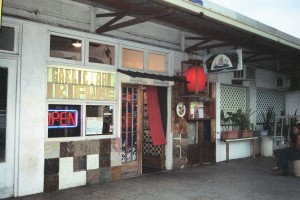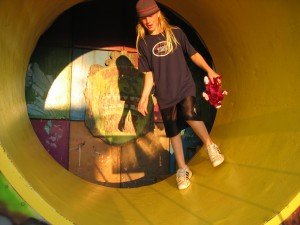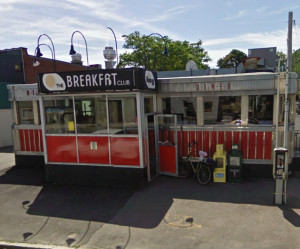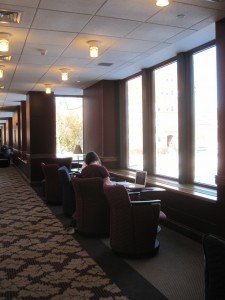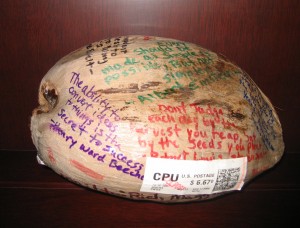Employ any one of these methods to instantly grab your audience’s attention.
Audiences pay attention at the start of every presentation. They want to know the context and objective of your presentation and what they can get out of it—before they continue to listen. Even with a compelling reason to pay attention, they also want to determine if it is worthwhile to listen… to you.
 You can determine when you have your audience’s attention simply by listening to their nonverbal clues—their body language: they are sitting upright, looking at you, alert, bright-eyed. Ever look around while presenting and see the tops of people’s heads? Their heads are not bowed in deference; they are fiddling with their cell phones. And not listening to you.
You can determine when you have your audience’s attention simply by listening to their nonverbal clues—their body language: they are sitting upright, looking at you, alert, bright-eyed. Ever look around while presenting and see the tops of people’s heads? Their heads are not bowed in deference; they are fiddling with their cell phones. And not listening to you.
You must connect your audience from the very start, employing an engaging and memorable opening, and giving them a compelling reason to listen. An effective opening:
- Captures, and retains, your audience’s attention.
- States your objective and its benefit to your audience.
- Previews your call to action—what you want them to do when the presentation is over.
Consider using one of these techniques to open your next presentation with purpose.
A relevant story or anecdote. Audiences love stories. Telling a story or an anecdote that is directly related to your presentation, especially one that makes the point you are trying to make, can be especially powerful and motivating (no ‘war’ stories though). Tell your story so that your audience not only hears your words, but more importantly, can visualize the story and action. In my experience, opening with a story is far and away the best start you can make. It is, however, also the most difficult.

